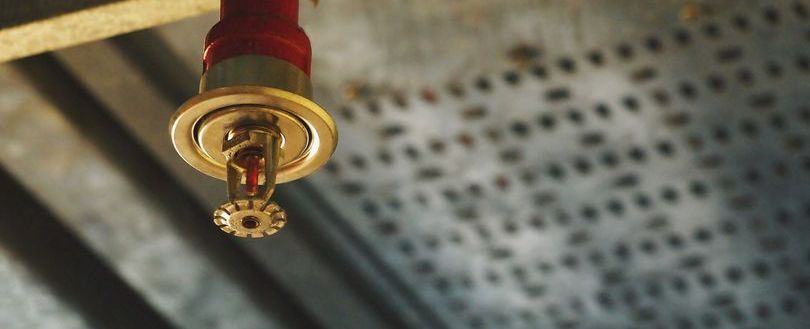
The fire sprinkler policy must be amended immediately. BAFSA's Ali Perry explains
Like it? Share it!
15 August 2023
The shock and horror of the disaster unfolding during the Grenfell Tower fire in 2017 will live on in all of our thoughts. The Grenfell Tower Inquiry that followed proved that this was a wake-up call for the Fire Service, the government, and the building sector.
It was obvious that such an occurrence could never happen again. And yet... A recent great piece by Peter Apps in Inside Housing sheds light on the lack of progress in implementing crucial steps that may considerably lessen the likelihood of such an occurrence occurring again. The essay discusses the absence of political will and available finance to promote and facilitate sprinkler installation in high-rise tower complexes.
According to statistics acquired by Inside Housing from 37 big social landlords, just 334, or 18.9%, of 1,768 high-rise residential buildings had sprinklers, a ratio made considerably worse when you consider 181 of these 334 were installed by one local authority, Birmingham. While retrofitting sprinklers to older blocks is not required, the danger is the same, if not greater, as for new blocks.
Increased risk to life in high-rises High-rise fires can present additional challenges and be more complex for responding firefighters than other domestic properties. The article references the study by the University of Leeds, which documented an increased risk to life in high-rise fires, partly due to the increased time it took for firefighters to gain access to and reach the relevant part of the building.
The report also includes a response time study, which indicates that it takes almost 27 minutes from a 999 call to getting water on a fire in a high-rise building, compared to seven minutes and 45 seconds in a dwelling. This extra time causes the fire to progress to a more advanced and dangerous stage for responding firefighters to deal with.
"Having served in the Fire and Rescue Service, I am all too familiar with the challenges associated with high-rise firefighting. In my experience, the service recognised these challenges and developed procedures to ensure an effective response," states Ali.
"These procedures were then amended and enhanced following the Grenfell Tower tragedy. But the Fire Service can only do so much before they reach the scene of a fire."
An updated fire safety sprinkler policy will be essential to cost-effective retrofitting Sprinklers seem like a very obvious solution to mitigating the risk associated with the increased time it takes for firefighters to reach the incident by suppressing any fire until they arrive. So, if the solution seems obvious, why are sprinklers not required to be fitted to all high-rises?
Cost has always been a key part of the argument against fitting them, in particular against the retrofitting of sprinklers.
To address this, BAFSA launched a project to show that installing automatic fire sprinklers in existing high-rise buildings may be cost-effective. Sprinklers were placed in the 13-story, 1960s-built Callow Mount tower block in Sheffield by BAFSA third-party approved members in 2012.
The pilot proved that significant improvements in life and building safety can be achieved with minimal disruption by retrofitting an automatic fire suppression system. The average cost at the time per one-bedroom flat was just under £1,150, including the provision of sprinklers in utility rooms, common areas, bin stores, and an office.
BAFSA’s subsequent experience with members retrofitting over 100 of the 4,000 older high-rise tower blocks has shown that costs per flat average out between £1,500 and £2,500 per flat. It is hard to believe that after the tragic events of Grenfell Tower, other priorities now outweigh the provision of fire sprinklers in such buildings—sprinklers that could prevent a reoccurrence of such a tragedy.
Our eNews provides regular insight into industry trends, news headlines, and product and service information. For news articles parallel to those mentioned above, sign up for our eNews. Click here to sign up: Subscribe to our enews (fia.uk.com)
Related training
Related news
-
New FIA Guidance on BS 5839-1 Fire Alarm Categories
23 December 2025
-
Launching our Practical Training and Assessment Course
09 December 2025
